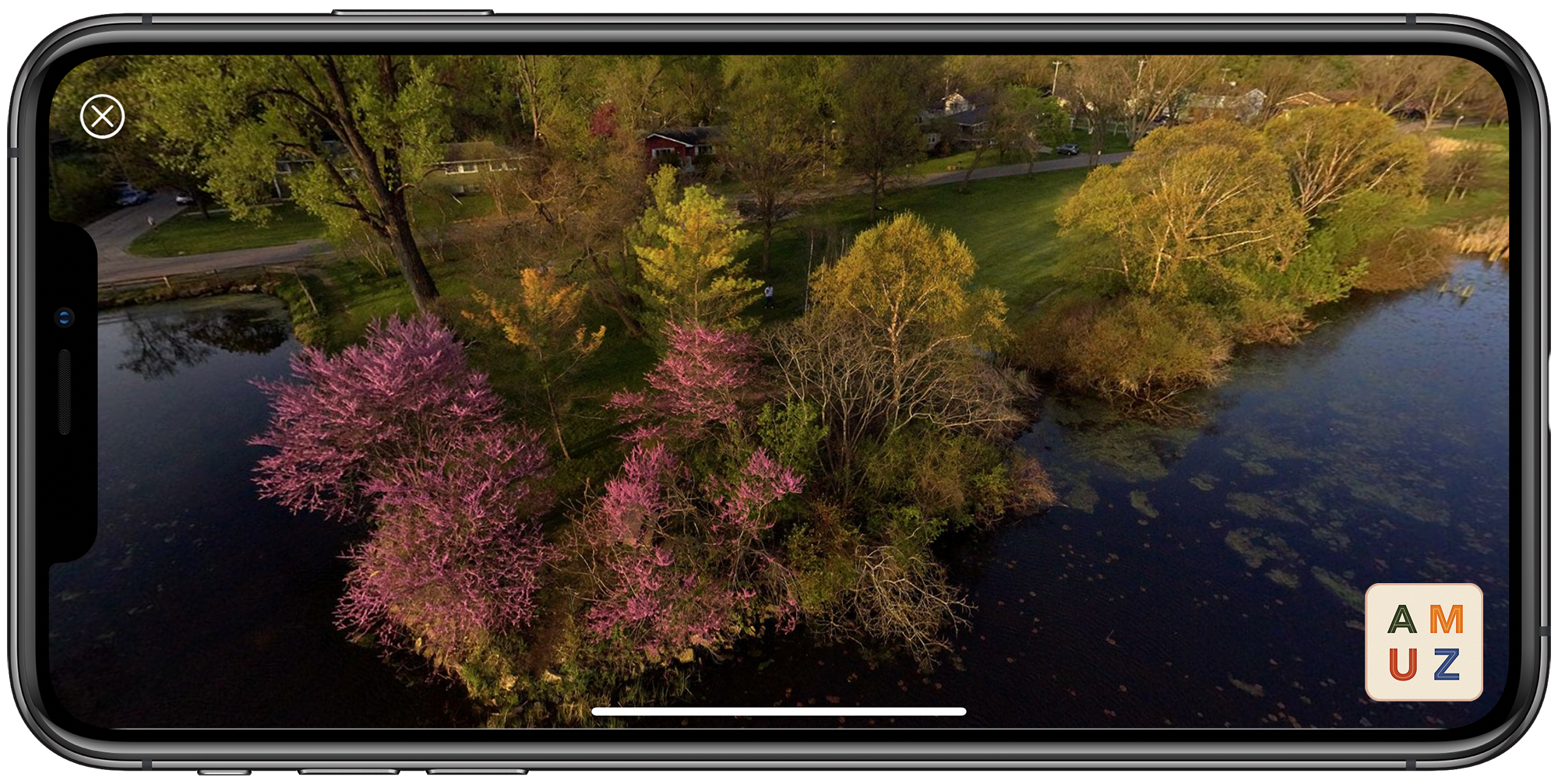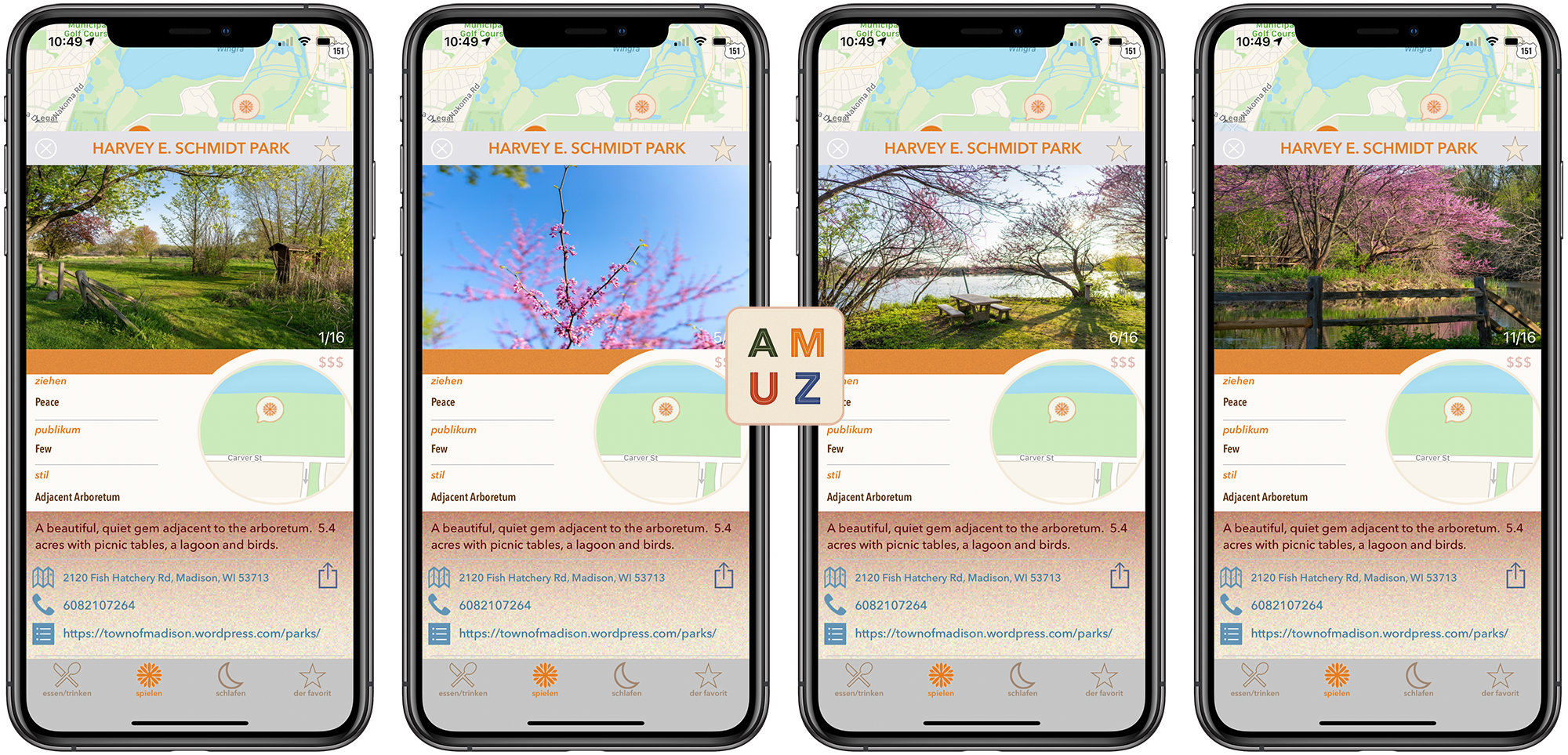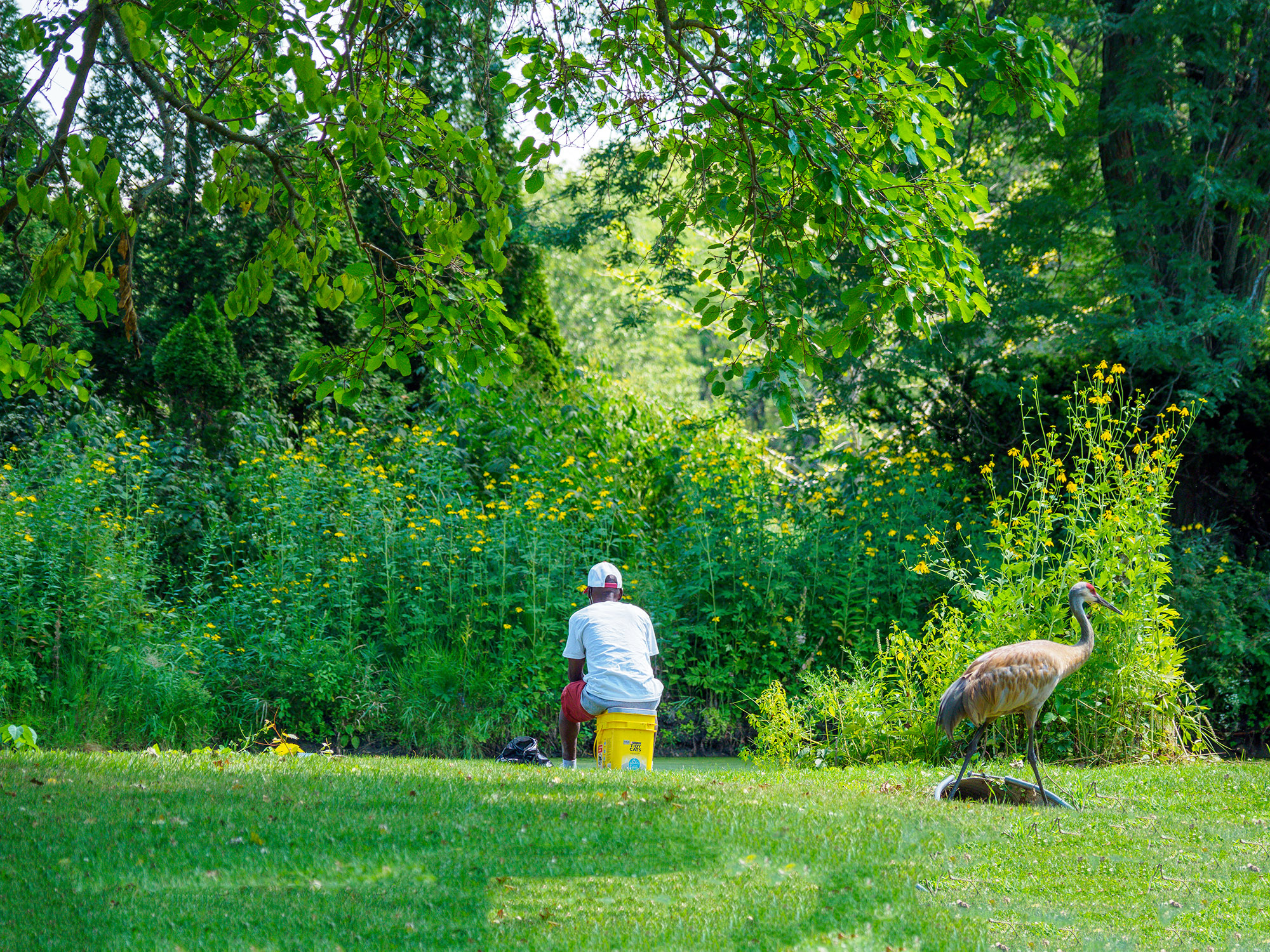Mark Wilson:
Canon has explained what went wrong when its cloud service, image.canon, went down last week – and it’s not good news for the affected users.
The image.canon site went offline on July 30 and only returned on August 4, following an investigation from the camera giant into what went wrong.
On the plus side, Canon has confirmed that “we found no unauthorized access to image.canon” and that “the incident caused no leakage of images”, which means it’s an entirely separate incident to the major ransomware attack that also hit the company last week.
But unfortunately for the image.canon users affected by the earlier incident, Canon also said “there is no technical measure to restore lost video images” and that “still images can be restored, but not with original resolutions”. In a statement on the image.canon homepage, it added “we offer our deepest apologies to affected users”.
Macrumors:
As noted by PetaPixel, complaints surfaced on the Photoshop forums on Monday, shortly after the update was released, followed by similar reports on Reddit and Twitter.
Affected users lost photos, presets, edits, watermarks, and more. One user on Reddit said that he lost two years of edits, and there are dozens of similar complaints from people who lost important data. The problem affected users who were using local storage without having uploaded that content to Adobe’s cloud storage service.
Many of those affected were using Adobe’s free service, which has limited cloud storage, but some paid users were also impacted and lost thousands of photos.
Monica Chin:
For the past two days, photographers have been posting in a panic across Twitter, Reddit, and the Photoshop feedback forums. They’d downloaded Adobe’s latest update for Lightroom’s iOS app, and suddenly their photos and presets were gone. Adobe has now confirmed the issue, and it’s also said that the data is gone for good.
“I’ve talked with customer service for 4+ hours over the past 2 days and just a minute ago they told me that the issue has no fix and that these lost photos are unrecoverable,” complained one Reddit user, who says they’ve lost over two years’ worth of photo edits. The complaints were spotted by PetaPixel.
“This is literally the worst,” tweeted another customer, who said they’d lost not only 800 pictures but hundreds of dollars worth of paid presets.
““These lost photos are unrecoverable.””
Adobe representative Rikk Flohr acknowledged and apologized for the snafu in a forum post yesterday. Per Flohr, the company has released another update “to prevent this issue from impacting additional customers.” However, the photos can’t be recovered, according to Flohr. The update won’t help anyone who’s already been impacted.
“We sincerely apologize to any customers who have been affected by this issue,” Flohr wrote.
A few personal notes:
- 18,000 + images in my case (backed up on local drives, thankfully)
- Lightroom on iPad has been generally impressive, other than a curious inability to copy / paste white balance adjustments between raw images consistently.
- I am a paid Lightroom subscription user and am surprised that a company with Adobe’s size and experience has created this disaster.
- Canon, similar to other industries, faces competition from firms where software is their game. They make terrific lenses….





